|
BEST SOFTWARE
| |
| By Patrick Marshall Touch-and-swipe might be the hot new way to work with Windows, but using your voice can be more productive. In an extremely niche category, Dragon NaturallySpeaking is the clear leader. Here’s a look at Version 12.5. |
The full text of this column is posted at windowssecrets.com/best-software/command-windows-and-enter-data-by-voice (opens in a new window/tab).
Columnists typically cannot reply to comments here, but do incorporate the best tips into future columns.[/td]
[/tr][/tbl]



